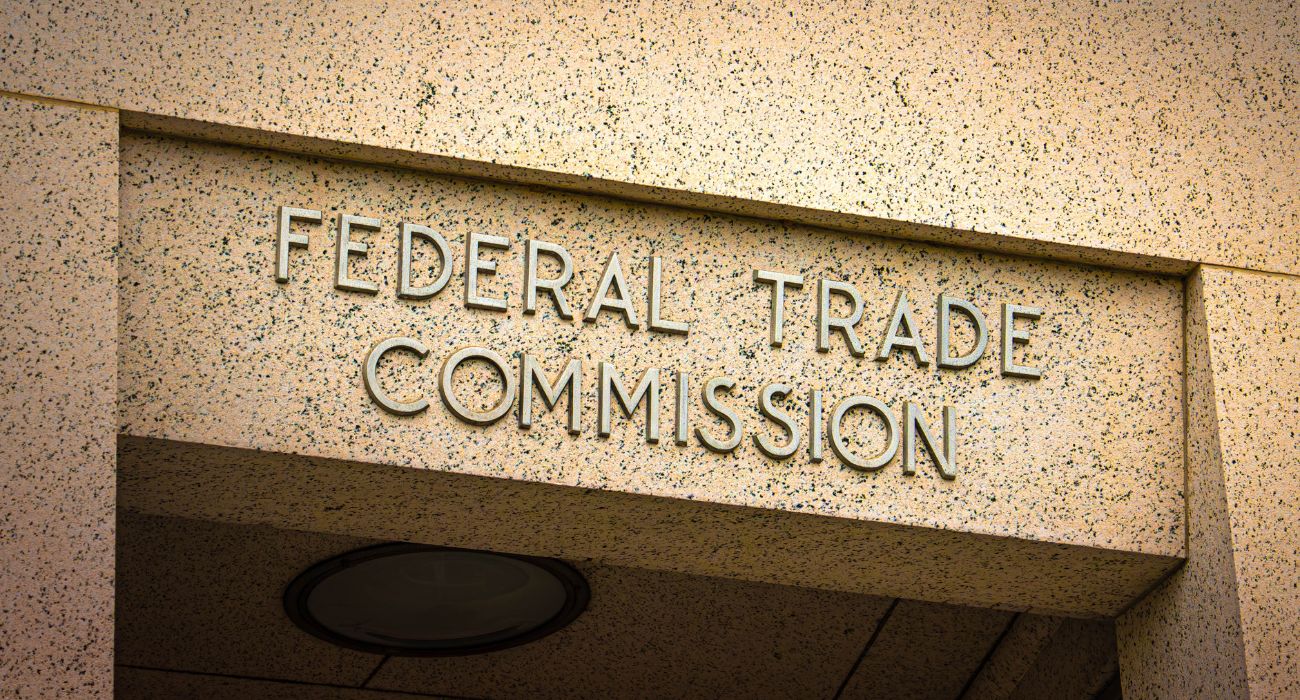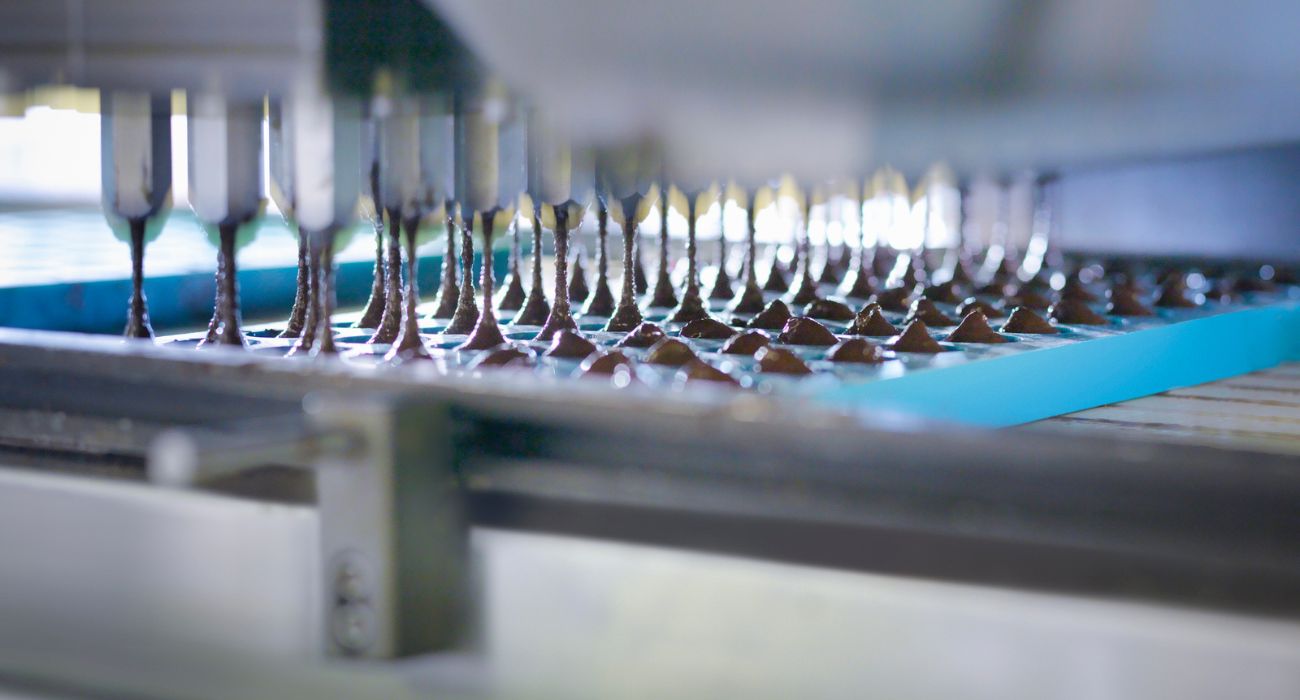U.S. consumer spending in May came in lower than analyst expectations, showing signs of waning consumer confidence and purchasing power.
Consumer spending is the amount households spend to purchase everyday goods and services. High consumer spending is a sign of strong demand, which keeps companies profitable and able to hire new employees.
When consumer spending slows, households have less disposable income and thus less purchasing power to afford these everyday needs. This imbalance can result in less profitable companies and cutbacks in their workforces.
The total amount held in U.S. savings accounts, which has a direct impact on consumer spending, has seen a sharp decline since the stimulus-rich highs of 2020.
The personal savings rate — the amount of disposable income people save — was just 4.4% in April, according to data from the U.S. Bureau of Economic Analysis. That is the lowest recorded level since the Great Recession.
Though the report from the Commerce Department on Thursday suggested inflation had probably peaked, it has not. The price pressures remained strong enough to keep the Federal Reserve on its aggressive monetary policy tightening path.
The U.S. central bank raised its policy rate by 0.75%, its most significant hike since 1994. The Fed also increased its benchmark interest rate by 150 basis points since March.
Economists polled by Reuters had forecast consumer spending would climb by 0.4%. The report concurred with data on housing starts, building permits, and manufacturing production, suggesting that the economy struggled to gain altitude after gross domestic product dropped at an annualized 1.6% rate in the first quarter.
Though job growth is slowing, demand for labor remains strong, with 11.4 million job openings at the end of April.
“The Fed hasn’t won the war on inflation just yet, but there are somewhat encouraging signs that the economy is slowing down,” said Christopher Rupkey, chief economist at fwd: Bonds (FWDBONDS) in New York. “Despite the market’s recession fears, job layoffs have not quite reached high enough levels to make the call that the economy is headed over the cliff into the depths of a recession.”
However, the U.S. could see a self-fulfilling recession prophecy as rising interest rates and tightening financial conditions stoke fear in consumers that worsening economic conditions will persist.
Consumer spending, which accounts for more than two-thirds of U.S. economic activity, gained 0.2% last month, the smallest rise in five months. Spending on goods meant to last three years or more declined by 3.2%. There were also decreases in purchases of furnishings, durable household equipment, and recreational goods and vehicles.
Nevertheless, cooling demand is causing unsold goods to pile up. The situation hints at what Fed officials had argued: that slowing demand will allow supply chain issues to resolve over time and elevated prices for products and services will decrease.
New claims for unemployment benefits continued to grind lower last week, despite mass layoffs in the technology, crypto, and housing sectors.
A separate report from the Labor Department on Thursday showed initial claims for state unemployment benefits fell 2,000 to a seasonally adjusted 231,000 for the week ending June 25.
Economists had forecast 228,000 applications for the latest week. Claims have been tight since tumbling to a low of more than 53 years: 166,000 in March. The number of people receiving benefits after an initial week of aid fell from 3,000 to 1.328 million.






